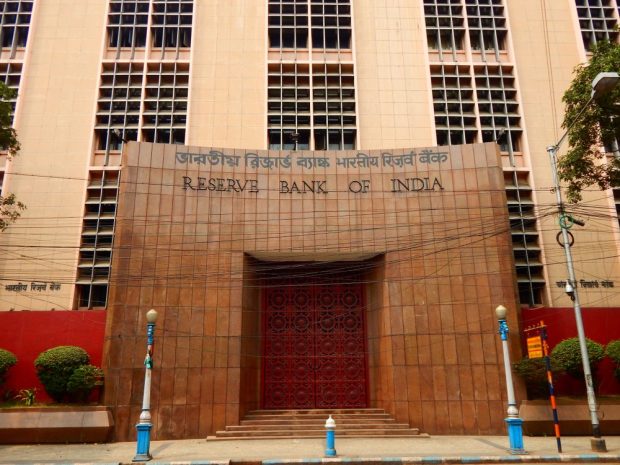India Allows Banks to Issue Credit Lines Via UPI

India’s digital transformation of financial services continues — and now pre-approved credit lines are linked to the United Payments Interface (UPI).
In an announcement Thursday (April 6), India’s central bank (the Reserve Bank of India) said that these “pre-sanctioned” credit lines at banks could be issued directly and digitally via UPI. The announcement expands the types of financial products and offerings linked to the instant, real-time payment system, which have so far been massed along peer-to-peer and consumer/merchant interactions.
By linking the pre-sanctioned lines with the payments interface, consumers could tap those lines to pay for goods and services rather than being tied solely to funds available in their bank accounts.
The UPI system was introduced in 2016, and during that year, India embraced a demonetization strategy that eliminated high-denomination paper bills from circulation.
UPI’s firm entrenchment in India has been underscored by official statistics released earlier this month that show that, in March alone, transactions grew by 60% year over year to 8.7 billion.
The National Payments Corp. of India, which operates the UPI, said last month, and as had been reported across various sites, that it would work with aggregators such as BharatPe, Google Pay and Paytm, among others, to enable credit card transactions, where RuPay cards would be linked to UPI. In one example of embracing UPI functionality, Apple said that UPI Autopay would be a new payment option for subscription-based purchases on its App Store within India.
Moving Beyond Daily Commerce
Offering credit and bank loans — and moving beyond the confines of plastic cards — seems a natural extension beyond daily payments. Statistics released by the RBI showed that bank credit grew by more than 12% year on year through the end of last month.
Drilling down a bit, the data shows that personal loans have grown by double-digit percentage points too, at nearly 17% so far this year.
The central bank’s recent and continuing initiatives could also prove instructive to other real-time payments schemes taking shape around the globe. Geographic reach remains key, as consumers in far-flung locations would want to stay connected to the real-time payments capabilities no matter where they might be. As detailed here, PhonePe is now enabling cross-border UPI payments in select countries. PhonePe’s Indian users can pay foreign merchants instantly when traveling abroad. And earlier this year, NPCI said it is widening access to UPI to non-resident Indians in several countries.
Those countries include Singapore, the U.K., Australia, Canada and the U.S.
As for the guideposts India could offer other nations as they build out real-time payments, PYMNTS wrote recently that: “By enabling payment systems in one region to integrate seamlessly with a payment system elsewhere, card issuers and various providers to enable consumers to transact with businesses — and businesses to transact with one another — without the need for a staggering array of intermediaries or having several bank accounts across various countries.” The recent advances, where India’s FIs can issue credit directly, in addition to cards, only deepens the integration and the use cases.

